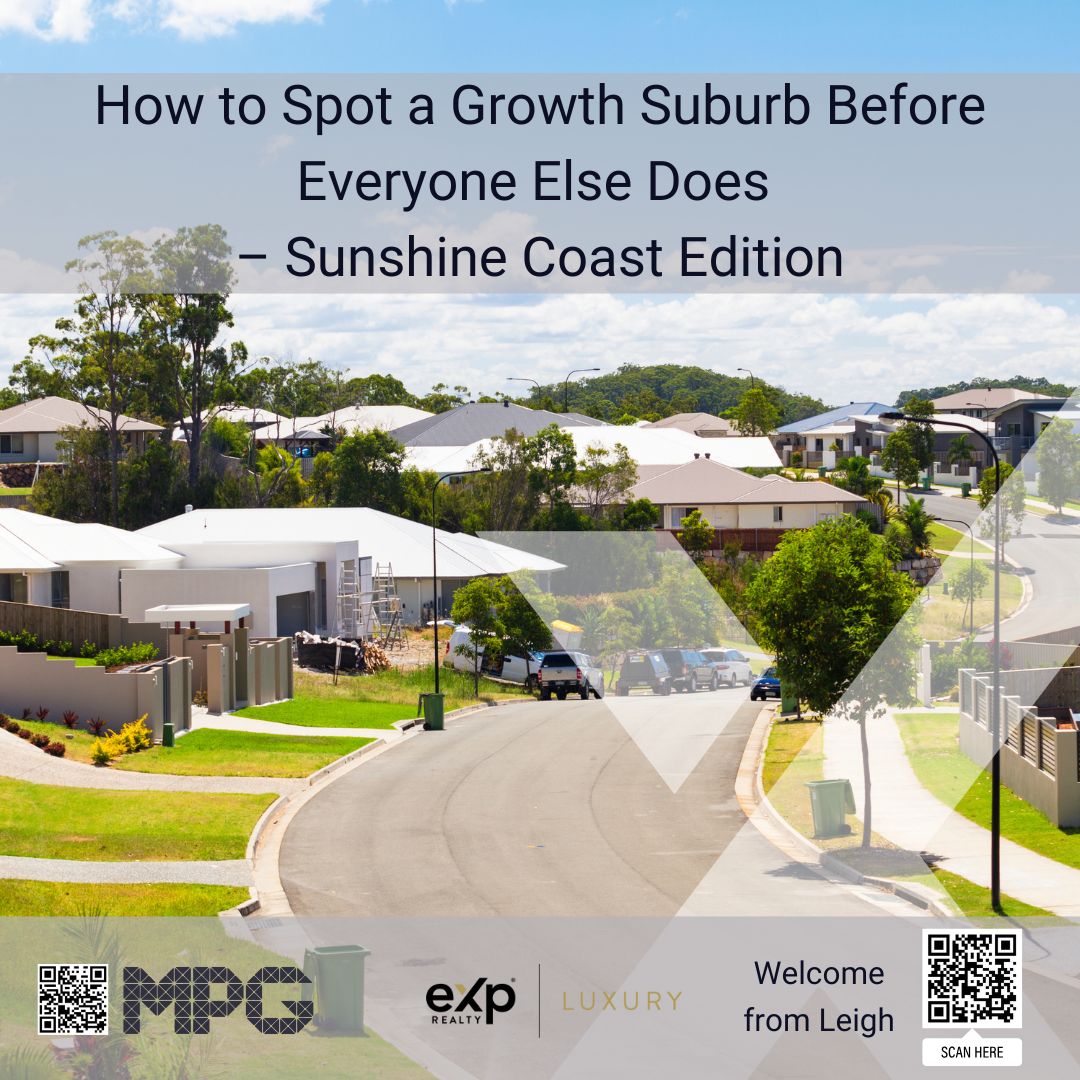Construction Shortfall and Insightful Property Trends
Weekly Real Estate Market Update with Leigh Martinuzzi MPG
This week in real estate, we’re seeing some key trends and challenges that are shaping our housing market. According to Masters Builders Australia, the government’s ambitious goal to construct 1.2 million new homes by mid-2029 is likely to fall short by about 110,000 dwellings. This shortfall is partly due to current monthly building approvals lagging behind the five-year monthly average of 15,000, now down to approximately 13,000. This downturn is compounded by delays in new approvals and significant labour shortages.
From my perspective, it’s clear that local and state governments need to expedite their response to this growing housing crisis. We need faster approvals and smarter, quicker housing solutions that don’t require massive infrastructure upgrades. With our population increasing significantly, you’d think we’d have enough labour to meet construction demands, but that doesn’t seem to be the case.
CoreLogic also weighed in on the housing situation this week, reporting that approvals for detached dwellings have hit a 12-year low as of January this year. They’ve also highlighted a rise in construction costs in the first quarter of this year by 0.8%. This annual increase of just 2.8% is the lowest since 2007, when annual construction costs rose by 2.7%, sitting well below the pre-COVID decade average of 4%. This might encourage more new building starts that have been sitting on the sidelines for some time, with I believe around 200,000 or more approved and ready to go.
Despite these challenges, property values are still on the rise, albeit at a more moderate pace. In the first quarter of 2024, capital cities reported a gain of 1.5%, with regional areas slightly higher at 1.8%. This more moderate rate of growth might be due to an increase in properties coming to the market, though still significantly under the decade average. Buyer confidence is improving, and with more choice, buyers are in a better position to negotiate. However they are still showing caution and taking their time, making sure that good value for money is presented before putting pen to paper. This is reflected in the national average time on the market rising from 27 days last year to 36 days more recently. It also highlights that while buyer confidence is improving there are still less buyers in the market shopping.
Transactions are also up, showing a 6% year-on-year increase, with March transactions totalling 48,793 and the annual count reaching 506,612. Interestingly, homeowners and sellers are holding firm on their asking prices, with the average “vendor discount” slightly reducing to 3.6%. Rental values continue their upward trend, increasing by 1% over March and cumulatively 8.6% for the year.
Navigating this market is like playing a strategic game where understanding the current trends and forecasting future shifts can significantly influence both buying and selling decisions. As always, staying informed and adaptable will be key to successfully manoeuvring through these dynamic times.





